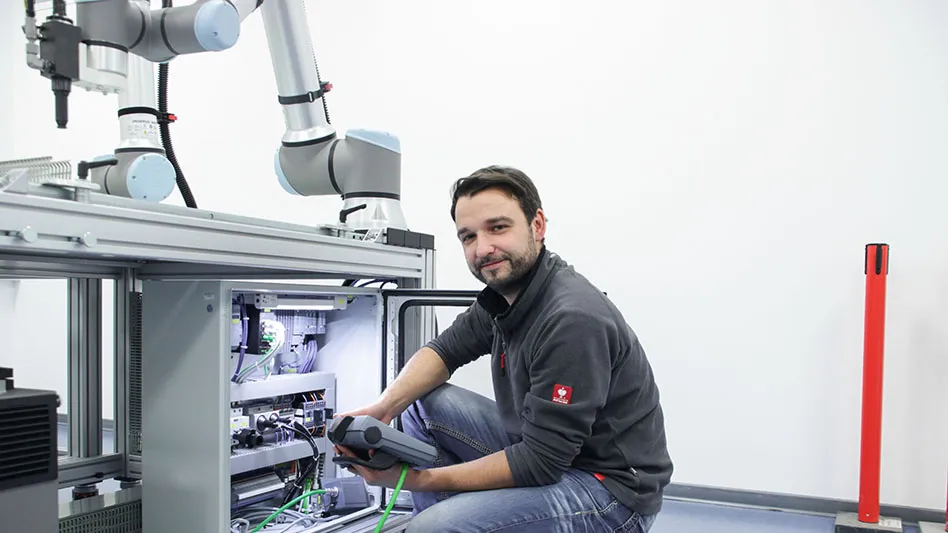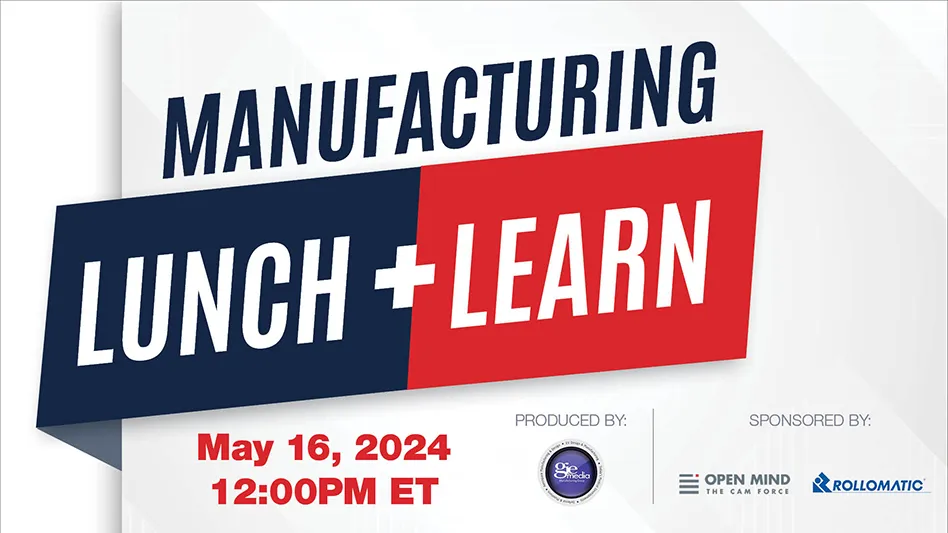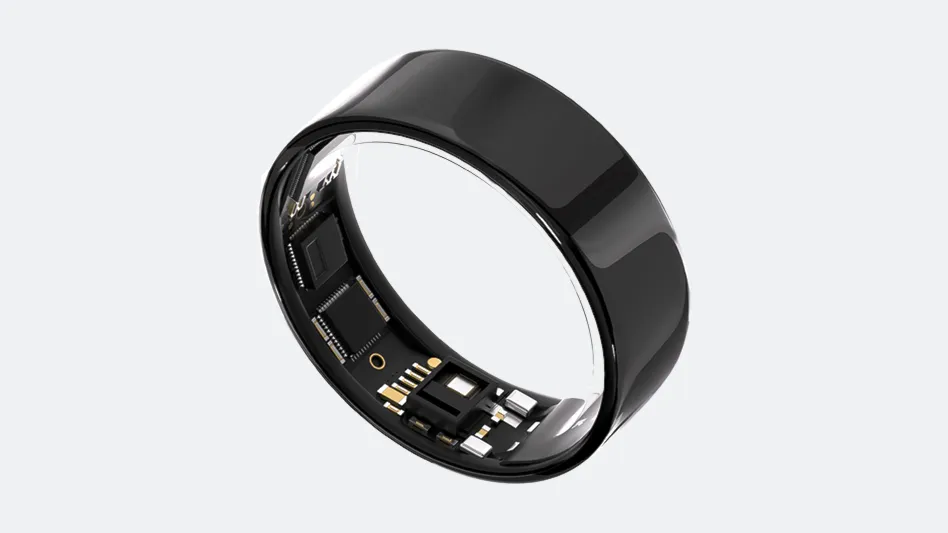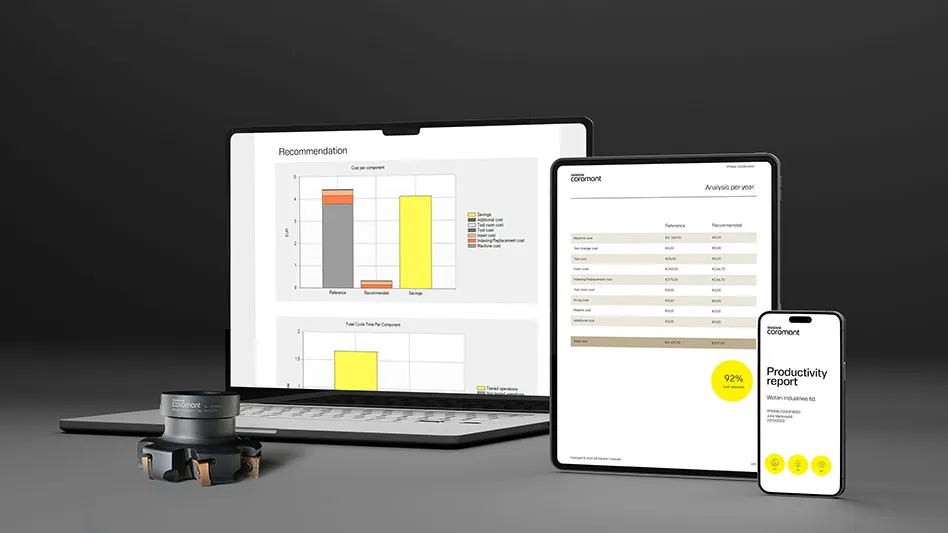
When it comes to choosing the right components to power a device, the options can seem endless. With so many choices on the market, selecting the right ones – especially when it comes to something as significant as medical devices and equipment – leaves little room for error. Whether the end product is a surgical robot, a patient monitor, or an insulin pump, choosing the right partner to source components is critical, and there are certain factors that design engineers should take into consideration as they begin the process.
Product life cycle
From environmental performance to the component footprint, product life cycle is key when it comes to determining the components to fit a specific need. Increases in speed, reductions in feature size, and changes in application requirements for user friendliness are happening fast, with many of the components that make up a product having a life cycle significantly shorter than the product itself.
Does the supplier’s technology and product roadmap meet the needs of the end customer? Will the manufacturer be making the same component in a year from now? Will it adapt to newer models? These questions are all paramount for the longevity of a product, but even more important is the quality.
Many medical devices, such as electro-surgery instruments for laparoscopy, are disposable. Passive components inside – such as electro-mechanical switches that don’t require a source of energy to perform their intended functions – are usually considered to be on the less expensive end of the spectrum. However, these components need to function reliably in challenging conditions. Imagine surgeons with eyes fixed on monitors during laparoscopic procedures – if they don’t receive the proper tactile feedback and distinctive click of the trigger switch, they aren’t verifying they are cutting the right tissue and actuating the power. This feature can be so critical that when a leading manufacturer of electro-surgery instruments proposed to replace C&K’s K12 series double-action key switch in their design, surgeons told them they wouldn’t use the product without that component due to the required tactile feel. Keeping a comprehensive, updated component database will help keep track of product details and quality standards.
Performance, size, reliability

The bigger-is-better mentality couldn’t be further from the truth in medical device design. Smaller devices are often more desirable as products become increasingly smarter and smaller, such as take-home monitoring devices, including blood pressure and blood glucose monitors or insulin pumps. Patients don’t want to tote bulky attachments, especially on a wearable device that needs to be with them at all times. Adding communication capabilities to support growing trends such as telehealth means adding antennas, transmitters, and additional circuitry, leaving less room for traditional components such as switches. However, while the switches that allow the user to interact with these products need to take up less space than before, they still have specific performance and reliability requirements.
In addition, key industry trends are driving increases in the need for higher performance and reliability. In recent years there’s been a huge emphasis on minimally invasive procedures such as laparoscopy and robot-assisted surgery – requiring smaller incisions and higher precision for the best possible results, including shorter recovery times and less patient discomfort. The medical products used in these procedures require switches and components that allow surgeons to accurately position, manipulate, and actuate. Small footprint, tunable haptics, tactile feedback, resistance to bodily fluids, and reliable performance are all required from these components.
Operating environment

Medical devices, especially surgical and critical care equipment, need to withstand a diverse spectrum of conditions. From blood and bodily fluids to harsh sterilization chemicals, corrosion resistance is one of the most important factors when narrowing down appropriate components. In the hectic atmospheres of operating rooms and emergency rooms, equipment is moved around quickly and personnel don’t always have the luxury of gently using equipment as recommended. Designing in components that can handle impact or an operator pressing too hard on a button, for example, allows the equipment to work reliably even in challenging situations. Environmental specifications can significantly restrict these choices, so it’s best to determine early if the environment is going to limit component choices. Work with manufacturers to be sure that their products meet your specifications.
Flexibility/customizability
Despite a huge number of suppliers and an even bigger catalog of commercial off-the-shelf components, in reality, most design involves some compromises to provide the performance required. Although customizing components sounds complicated, many suppliers are willing to make modifications to existing products to save an original equipment manufacturer (OEM) time, cost, and headaches. A good supplier will take the time to understand the requirements of the application and make recommendations around the best way to integrate their component. Some solutions are easier than others, but think suppliers as partners and collaborate with them to determine a realistic timeline, the cost of customization, and how they plan to test and troubleshoot the part if it’s not functioning properly.
Global presence

With suppliers who do business around the globe, geographical concerns may be low on the list of things to consider, and maybe working with a Chinese supplier for a product going to market in the U.S. or Europe is the way to go. However, it would be unwise to dismiss location entirely. A supplier with an international footprint and a location in close proximity to deal with supply chain issues can be a large benefit. Specifically, it’s important for an OEM to be able to talk with the supplier’s engineering team during the design and development process to understand the advantages and limitations of various product offerings, as well as to get recommendations of the best way to integrate the component into the end device. Having a supplier located in the region where the end product is manufactured allows for a better understanding of the customer’s manufacturing process, which can lead to further ideas for component and product improvement.
A product is only as good as the sum of its parts – crucial to designing safe and accurate medical devices and equipment. By taking product life cycle, size, performance, environment, customizability, and global presence into account during the design process, engineers can be assured that they’re picking the best possible components and suppliers for the job.
C&K Components
About the author: Mike Bolduc, global marketing manager, industrial & medical segments at C&K Components, can be reached at 617.969.3700.
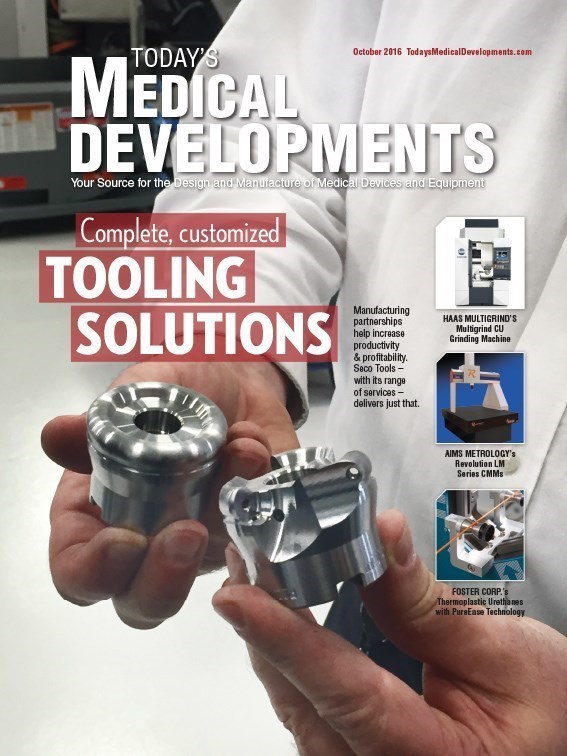
Explore the October 2016 Issue
Check out more from this issue and find you next story to read.
Latest from Today's Medical Developments
- Next generation of vision implants
- UCIMU: Q1 2024, a downturn in the orders of machine tools
- #43 Manufacturing Matters - 2024 Spring Aerospace Industry Outlook with Richard Aboulafia
- Tsugami America’s Technical Center in Minnesota
- RobOps Copilot for AI-powered robot optimization
- Current products
- US companies invest heavily in robots
- #34 Lunch + Learn Podcast - Cobots' potential to revolutionize aerospace manufacturing with Techman Robots
